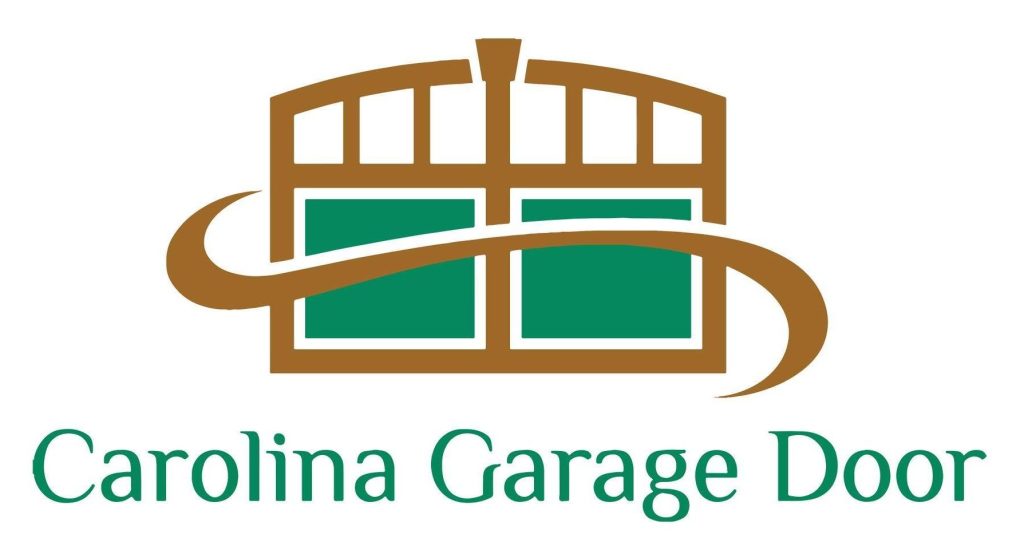Dealing with a faulty garage door can be stressful, especially when the issue comes from the springs. Understanding garage door spring replacement and the spring types your system uses can help you spot problems early and avoid bigger repairs. By learning the basics, homeowners in Winston-Salem, NC, can feel more confident in keeping their garage doors working safely and smoothly.
When springs wear out, your garage door may feel too heavy, get stuck, or even slam shut without warning. Knowing the difference between torsion and extension springs, along with simple care tips, can save you time and money. With the right knowledge and quick action, you’ll be better prepared to decide whether to fix it yourself or call a professional for safe, lasting results.
What Are the Types of Garage Door Springs
Knowing the types of garage door springs is the first step in solving most spring-related issues. A garage door usually uses either torsion or extension springs, and each type of spring plays a specific role in balancing the weight of the door.
Garage Door Torsion Springs
Torsion springs are mounted above the garage door on a metal shaft and work with cable drums to raise and lower the door smoothly. On average, they last about 10,000 cycles. For a deeper understanding of how these springs function, you can also review this detailed guide on torsion mechanics from Wikipedia.
Garage Door Extension Springs
Found on both sides of a residential garage door, these stretch and contract as the door opens and closes.
If a spring breaks, you’ll notice the door may become too heavy or uneven. That’s when you’ll need to replace garage door springs before the problem worsens. For a complete troubleshooting resource, visit our Garage Door Spring Replacement & Troubleshooting Guide.
How to Read a Garage Door Spring Chart
A garage door spring chart is a helpful tool that professionals use to determine the right spring size and type for your door. It usually shows:
- Wire diameter: Determines the strength of the spring
- Inside diameter: How well it fits onto the shaft
- Garage door spring length: Which affects the balance and tension
- Wind direction: Identifies whether the spring is left- or right-wound
Using the wrong spring size can create dangerous strain on your garage door opener or leave the spring system out of balance. For a detailed walkthrough on taking these measurements, check out this guide on how to measure and order torsion springs from Service Spring.
Need guidance on fine-tuning springs and adjustments? See our Tips for Garage Door Spring Replacement and Adjustment.

Measuring Garage Door Spring Length Correctly
The garage door spring length is one of the most important factors when choosing a replacement. If the spring is too short, the door opens and closes unevenly. If it’s too long, the spring system may not provide the right amount of balance.
To measure correctly:
- Remove tension from the old spring first
- Measure the spring from end to end without stretching it
- Record the length and compare it to a garage door spring chart
This measurement ensures the replacement fits the residential garage door safely. If the wrong spring is installed, the opener could overwork, cables might fray, and the door might feel too heavy to lift.
Tips to Replace Garage Door Springs Safely
Many homeowners wonder if they can replace garage door springs on their own. While minor adjustments can sometimes be managed, handling torsion springs or garage door extension springs is extremely risky because of the stored tension. For more insights on the process and safety precautions, you can review this detailed guide on replacing garage door springs from This Old House.
Safety tips to keep in mind:
- Never try to set torsion springs without the right tools and training.
- Avoid loosening bolts on the metal shaft when the spring is under pressure.
- If a broken spring is visible, keep the door closed until help arrives.
- Be sure to unplug the garage door opener before beginning any work.
For Winston-Salem homeowners, the best solution is to call a professional for safe installation. Not only does this prevent injury, but it also helps ensure the spring system lasts longer.
Essential Facts About Types of Garage Door Springs
The main difference between torsion springs and garage door extension springs is how they manage the weight of the door. Types of garage door spring torsion twist tightly on a shaft and are usually mounted above the garage door with cable drums to provide smooth, steady movement. Extension springs, on the other hand, stretch and contract each time the door opens and closes, which makes them common in older residential garage door setups.
Some garage doors use a single spring, while others rely on two for better balance in the spring system. Using just one spring might look easier, but it can lead to a spring break and place added stress on the garage door opener. If a broken spring occurs during operation, the door may slam down unexpectedly, creating safety risks and damaging parts like the tracks or the garage door opener.
When to Choose Professional Garage Door Repairs
Even if you understand the types of garage door springs, replacing or adjusting them yourself is not always safe. One wrong move could harm your spring system, bend the tracks, or burn out the garage door opener.
Professional services are essential if:
- Your spring breaks suddenly and leaves the door stuck.
- The weight of the door feels unmanageable.
- You aren’t confident in reading a garage door spring chart.
- Your system requires specific standard torsion springs or custom parts.
If you’re looking for urgent help, check out our insights on hiring Fast Garage Door Spring Replacement Services Near Me.
Understanding spring types and safe replacement tips helps you keep your garage door running smoothly and safely. Knowing when to choose torsion or extension springs, how spring length affects balance, and the importance of proper installation can prevent costly repairs. If your door feels heavy, moves unevenly, or a spring breaks, it’s best to stop using the door and get expert help.
Homeowners in Winston-Salem, NC, can count on Carolina Garage Door for clear answers and reliable service. Contact us now for more information or fill out the online form, and one of our experts will reach out promptly to schedule your garage door spring repair or replacement.
Frequently Asked Questions
How do I know if I have torsion springs or extension springs?
Look above your garage door: if you see a spring mounted on a metal shaft with cable drums, those are torsion springs. If you see springs along the sides of the door, those are extension springs.
Can I replace garage door springs myself?
It’s not recommended. Garage door springs hold extreme tension, and even a small mistake can result in serious injury. It’s always safer to call a professional for garage door repairs.
What happens if a spring breaks while the door is open?
If a spring breaks while the door is moving, the weight of the door can make it slam shut unexpectedly. This can damage your opener, tracks, or even pose a risk to people nearby.
Can my garage door operate with a single spring?
Yes, some systems use a single spring, but two springs provide better balance and usually last longer. A garage door with just one spring may add unnecessary strain to the spring system.
How do I measure garage door spring length?
First, release the tension safely. Then measure the spring from end to end without stretching it. Comparing this with a garage door spring chart ensures you get the right replacement.
Why does the garage door feel so heavy if a spring breaks?
The springs counterbalance the weight of the door. When one breaks, the door relies on pure weight, which can be hundreds of pounds, making it nearly impossible to lift safely.
What’s the role of the garage door opener if the springs are broken?
The opener isn’t designed to lift the full weight of the door. If the springs fail, forcing the garage door opener to work alone can burn out the motor quickly.
Are torsion springs better than extension springs?
Yes, in most cases. Types of garage door spring torsion provide smoother, more controlled movement, last longer, and are safer compared to extension springs.
What’s the danger of setting torsion springs without training?
Trying to set torsion springs without the right tools can cause them to snap under pressure. The force is powerful enough to cause serious injuries or property damage.
Do all garage doors use the same size springs?
No. Each residential garage door requires specific springs based on its size, weight, and cycle use. That’s why checking a garage door spring chart or calling a pro matters.
Carolina Garage Door
145 Salem Creek Dr, Winston-Salem, NC 27103, United States
+13367682218





